Some flavors announce themselves the moment you open the jar. Oregano fills the kitchen with its sharp, herbal scent before it even hits the pan. Onion powder slides quietly into rubs and soups, building depth without stealing the show. And then there are the oils and blends that start with O—simple, everyday staples that somehow feel essential.
What’s striking about ingredients beginning with O is their balance. They’re not flashy, but they’re dependable, shaping meals in ways we sometimes take for granted. In this guide, we’ll explore the spices, seasonings, and herbs that carry the letter O, tracing how they slip into recipes across cultures and why kitchens wouldn’t be the same without them.
Spices that Start with O
1. Onion Powder
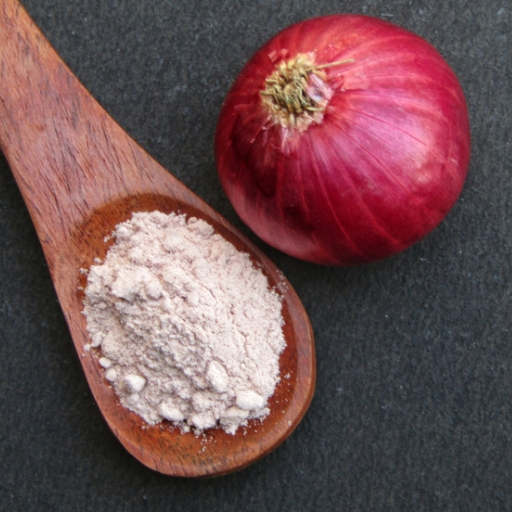
- Origin & History: Derived from dehydrated onions, popularized in the 20th century for convenience.
- Appearance: Fine, off-white powder.
- Taste & Aroma: Sweet, savory, concentrated onion flavor.
- Culinary Uses: Soups, stews, rubs, marinades, salad dressings.
- Health Benefits: Supports heart health and immunity.
- Fun Fact: One teaspoon of onion powder equals about one medium onion in flavor.
2. Onion Flakes (Dehydrated Onion)
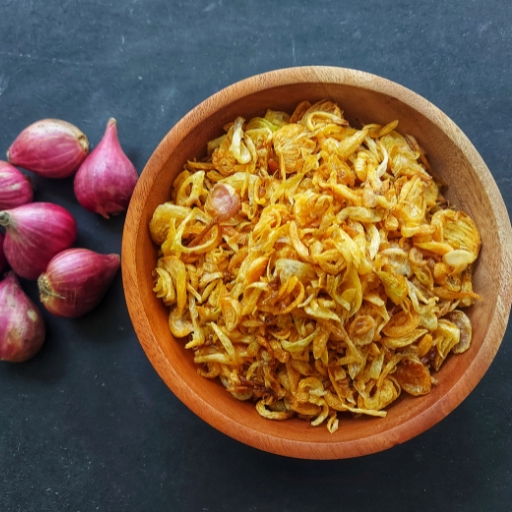
- Origin & History: Developed for shelf-stable cooking; used in global spice mixes.
- Appearance: Small, pale yellow-white flakes.
- Taste & Aroma: Mild, sweet onion taste.
- Culinary Uses: Sauces, soups, dips, seasoning blends.
- Health Benefits: Provides antioxidants, aids digestion.
- Fun Fact: A key ingredient in many instant noodle seasoning packets.
3. Oregano (Dried, as Spice)
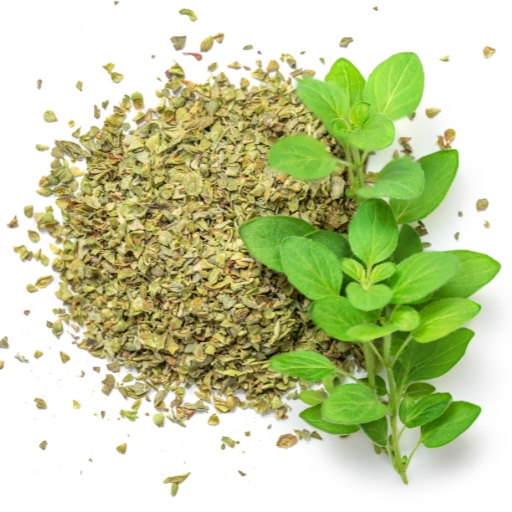
- Origin & History: Native to the Mediterranean; widely used since ancient Greece.
- Appearance: Crumbled green dried leaves.
- Taste & Aroma: Strong, peppery, slightly bitter.
- Culinary Uses: Pizza, pasta sauces, stews, grilled meats.
- Health Benefits: Antibacterial and antioxidant properties.
- Fun Fact: U.S. soldiers brought back oregano after World War II, sparking America’s “pizza herb” craze.
4. Origanum Oil (Spice Extract)
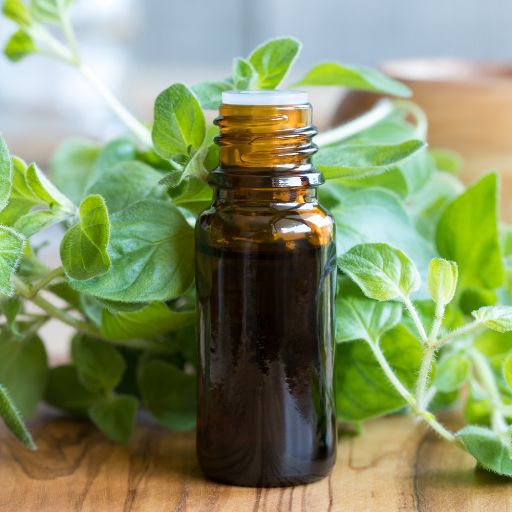
- Origin & History: Extracted from oregano leaves; used both in cooking and traditional medicine.
- Appearance: Thick, golden to amber oil.
- Taste & Aroma: Pungent, peppery, herbal.
- Culinary Uses: Flavoring sauces, soups, marinades.
- Health Benefits: Known for strong antimicrobial effects.
- Fun Fact: Sometimes nicknamed “nature’s antibiotic.”
5. Ochre Spice Blend (Regional African Mix)
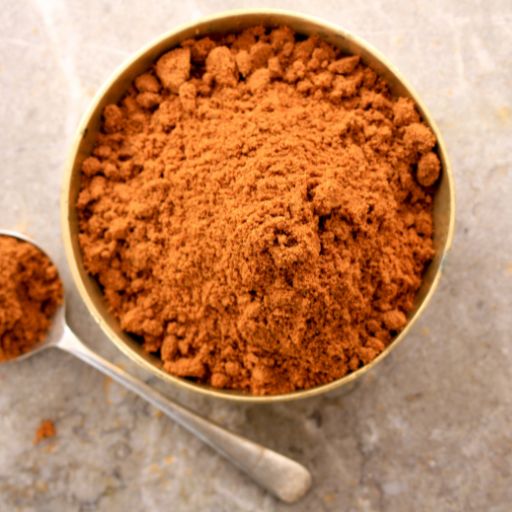
- Origin & History: Found in some North African cooking traditions.
- Appearance: Reddish-orange powder.
- Taste & Aroma: Earthy, smoky, warm.
- Culinary Uses: Seasoning stews, couscous, and meats.
- Health Benefits: Combines antioxidant-rich spices like paprika and cumin.
- Fun Fact: Named after its deep ochre color.
6. Olida (Strawberry Gum)
- Origin & History: Native to Australia; spice made from the dried leaves of the strawberry gum tree (Eucalyptus olida).
- Appearance: Greenish-brown powder when dried.
- Taste & Aroma: Sweet, fruity, berry-like.
- Culinary Uses: Desserts, syrups, herbal teas.
- Health Benefits: Contains antioxidants and aromatic compounds.
- Fun Fact: One of Australia’s unique bush spices gaining global recognition.
7. Orange Peel (Dried)
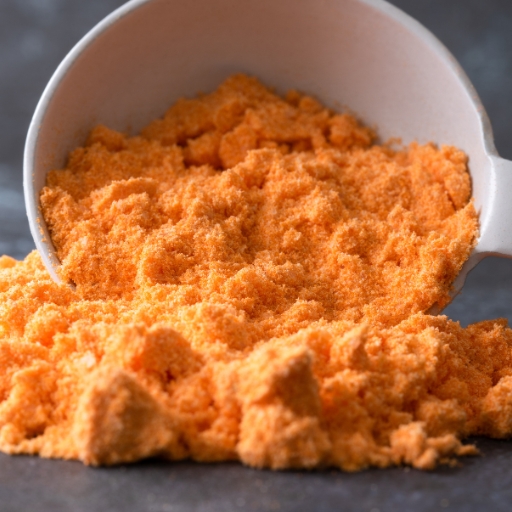
- Origin & History: Used in Middle Eastern, Indian, and European cooking for centuries.
- Appearance: Dried orange-brown peel strips or powder.
- Taste & Aroma: Sweet, citrusy, slightly bitter.
- Culinary Uses: Spice blends, teas, baked goods, marinades.
- Health Benefits: Rich in vitamin C and dietary fiber.
- Fun Fact: Orange peel is part of the famous Chinese five-spice blend.
8. Osmanthus (as Culinary Spice/Flavoring)
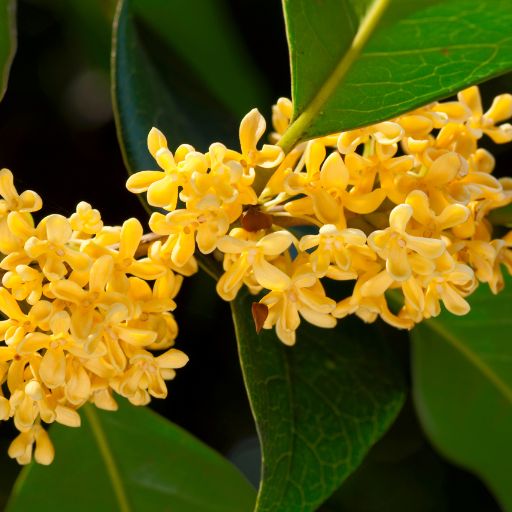
- Origin & History: Native to East Asia; blossoms used in Chinese and Japanese cooking.
- Appearance: Tiny yellow-orange dried flowers.
- Taste & Aroma: Sweet, floral, fruity.
- Culinary Uses: Teas, desserts, jams, and liqueurs.
- Health Benefits: Traditionally used to soothe the stomach and skin.
- Fun Fact: Osmanthus-scented tea is a delicacy during China’s Mid-Autumn Festival.
Seasonings that Start with O
1. Old Bay Seasoning
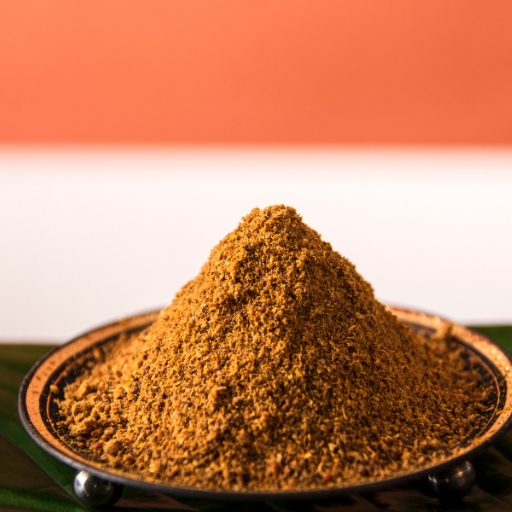
- Origin & History: Created in Baltimore, Maryland in the 1930s for seafood lovers.
- Appearance: Reddish-brown blend.
- Taste & Aroma: Savory, peppery, slightly spicy.
- Culinary Uses: Crab boils, shrimp, fries, chowders.
- Health Benefits: Contains antioxidant-rich spices like paprika and celery seed.
- Fun Fact: Originally marketed to help seafood taste fresh even after long transport.
2. Onion Soup Mix
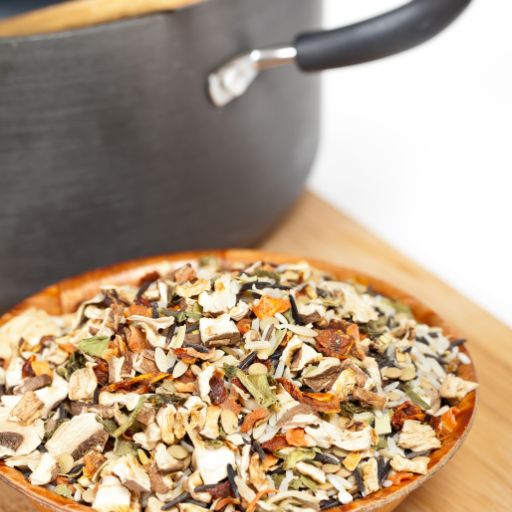
- Origin & History: Popularized in mid-20th century U.S. as a pantry staple.
- Appearance: Powdered brown blend with onion flakes.
- Taste & Aroma: Savory, onion-rich, slightly salty.
- Culinary Uses: Soups, dips, meatloaf, casseroles.
- Health Benefits: Adds flavor but should be balanced due to sodium.
- Fun Fact: A classic “secret ingredient” in homemade party dips.
3. Oriental Five-Spice Powder (Chinese Five-Spice)
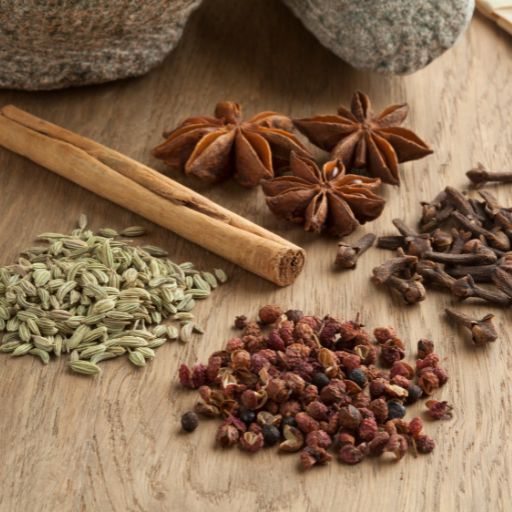
- Origin & History: Traditional in Chinese cooking for centuries.
- Appearance: Fine brown powder.
- Taste & Aroma: Sweet, spicy, aromatic blend of star anise, fennel, cloves, cinnamon, and dried orange peel.
- Culinary Uses: Stir-fries, roasted meats, sauces, marinades.
- Health Benefits: Aids digestion and balances sweet-savory flavors.
- Fun Fact: Said to represent the five elements of Chinese philosophy.
4. Olive Tapenade Seasoning
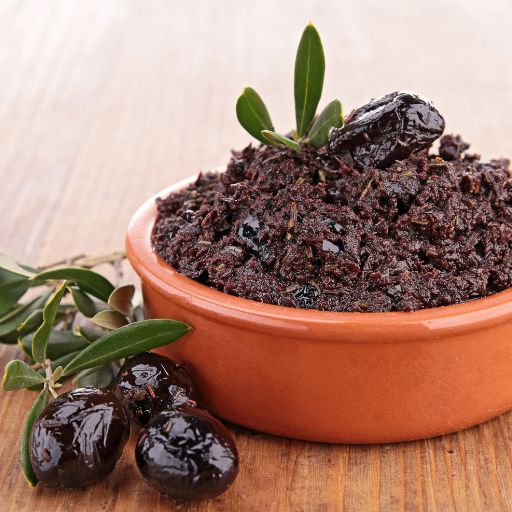
- Origin & History: From Provence, France; seasoning or paste made with olives, capers, and herbs.
- Appearance: Dark green-brown chunky paste or dry blend.
- Taste & Aroma: Briny, savory, herbaceous.
- Culinary Uses: Spread on bread, pasta, pizzas, and as a marinade.
- Health Benefits: Rich in healthy fats and antioxidants.
- Fun Fact: The word “tapenade” comes from “tapeno,” meaning capers in Provençal dialect.
5. Onion Salt
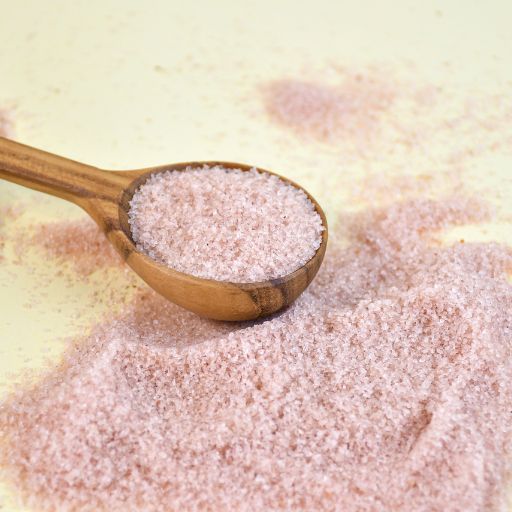
- Origin & History: Modern seasoning mix; combines ground onion with salt.
- Appearance: Fine off-white powder.
- Taste & Aroma: Salty, savory, onion-rich.
- Culinary Uses: Seasoning meats, soups, dressings, and dips.
- Health Benefits: Adds onion flavor easily but can be high in sodium.
- Fun Fact: A pantry shortcut often used in place of both onion powder and salt.
6. Oaxaca Mole Paste
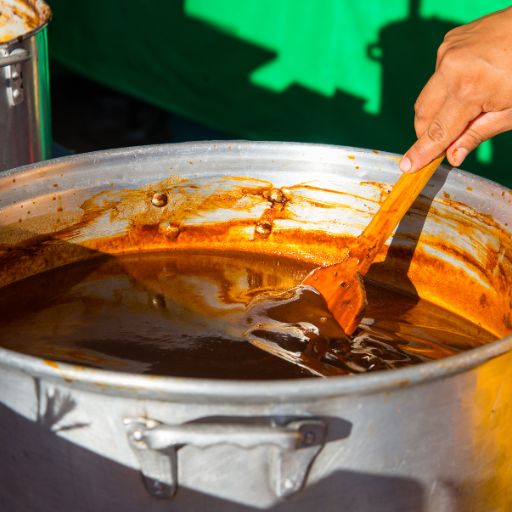
- Origin & History: Traditional seasoning base from Oaxaca, Mexico.
- Appearance: Thick, dark reddish-brown paste.
- Taste & Aroma: Smoky, sweet, spicy, with chocolate undertones.
- Culinary Uses: Used in mole sauces for poultry, pork, and tamales.
- Health Benefits: Chilies and cacao provide antioxidants.
- Fun Fact: Oaxaca is known as the “land of seven moles,” each with its own spice mix.
Herbs that Start with O
1. Oregano (Fresh Herb)
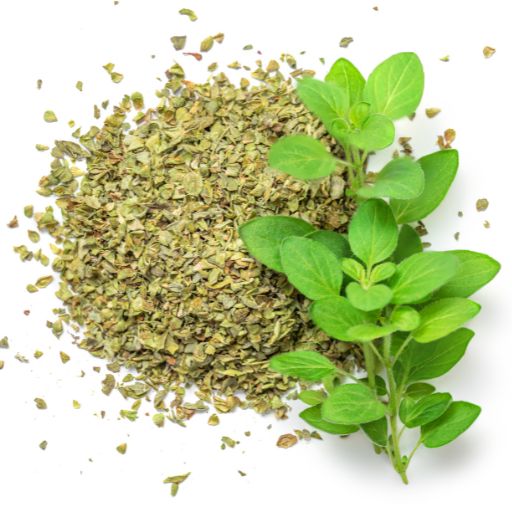
- Origin & History: Native to the Mediterranean; a cornerstone of Greek and Italian cuisine.
- Appearance: Small, oval, green leaves on woody stems.
- Taste & Aroma: Strong, peppery, slightly bitter.
- Culinary Uses: Pizza, pasta sauces, grilled meats, marinades.
- Health Benefits: Antioxidant-rich, supports immunity.
- Fun Fact: Known as the “joy of the mountain” in Greek.
2. Onion Chives
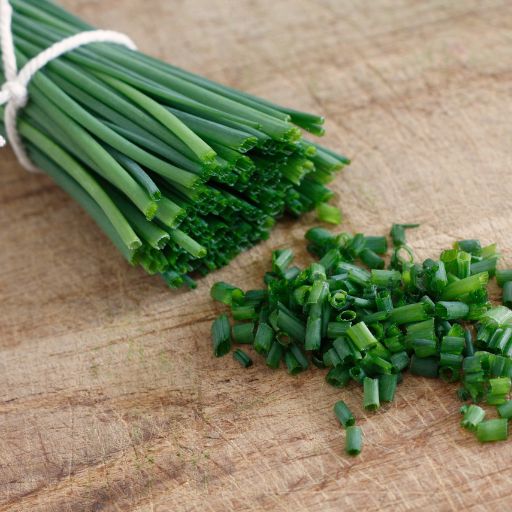
- Origin & History: Native to Europe and Asia; cultivated in kitchen gardens worldwide.
- Appearance: Long, thin, hollow green stalks.
- Taste & Aroma: Mild onion flavor.
- Culinary Uses: Garnishes for soups, baked potatoes, salads, omelets.
- Health Benefits: High in vitamins A and C, aids digestion.
- Fun Fact: Often used fresh to preserve their delicate flavor.
3. Opal Basil
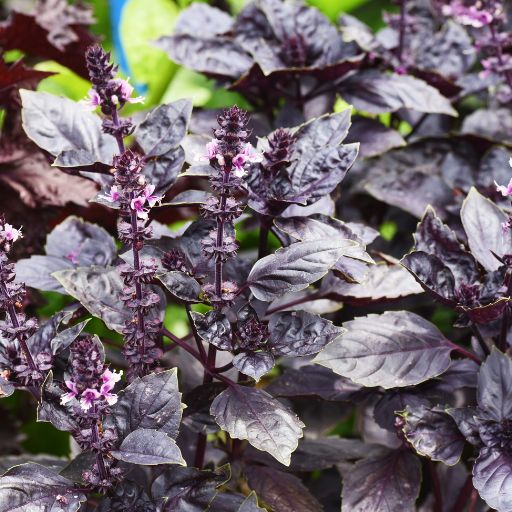
- Origin & History: A purple-leaved basil variety from the Mediterranean.
- Appearance: Dark purple, glossy leaves.
- Taste & Aroma: Basil-like with a slightly spicy edge.
- Culinary Uses: Salads, pestos, pasta sauces, infused oils.
- Health Benefits: Rich in antioxidants like anthocyanins.
- Fun Fact: Its striking color makes it a favorite for both cooking and garnishing.
4. Okinawan Spinach
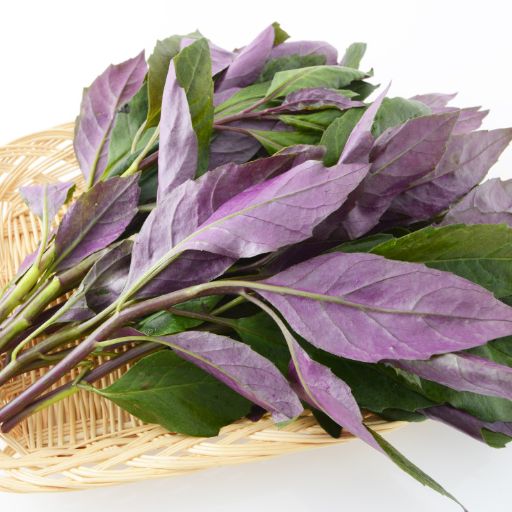
- Origin & History: Native to Southeast Asia; used in Okinawan cuisine.
- Appearance: Variegated green and purple leaves.
- Taste & Aroma: Mild, slightly grassy, spinach-like.
- Culinary Uses: Stir-fries, soups, salads, teas.
- Health Benefits: Said to support longevity and heart health.
- Fun Fact: Grown as part of the Okinawan diet, linked to one of the world’s longest lifespans.
5. Olive Leaf (Culinary Use)
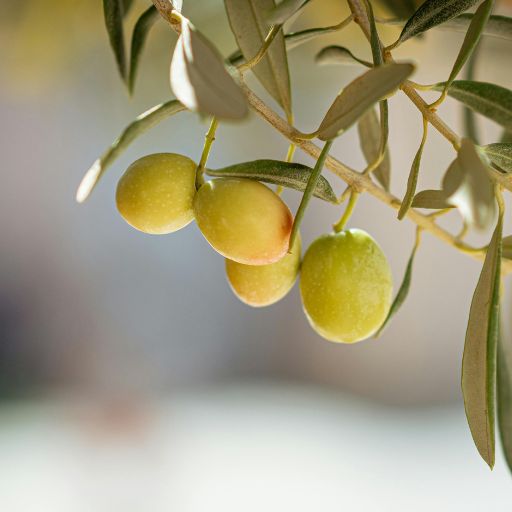
- Origin & History: From the olive tree, cultivated for millennia in the Mediterranean.
- Appearance: Narrow, elongated silvery-green leaves.
- Taste & Aroma: Bitter, herbal, grassy.
- Culinary Uses: Infused in teas, marinades, and occasionally ground into blends.
- Health Benefits: Rich in oleuropein, supports heart health.
- Fun Fact: Olive leaf tea is a traditional Mediterranean tonic.
6. Onion Greens (Spring Onions / Scallions)
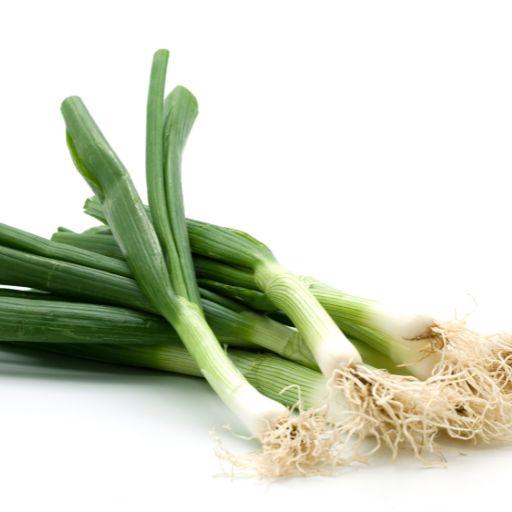
- Origin & History: Used globally in Asian and Mediterranean cuisines.
- Appearance: Long green stalks with small white bulbs.
- Taste & Aroma: Fresh, oniony, mild.
- Culinary Uses: Stir-fries, soups, salads, garnishes.
- Health Benefits: Provide vitamin K and antioxidants.
- Fun Fact: In Chinese cuisine, scallions are often paired with ginger and garlic as the “holy trinity” of aromatics.
7. Orache (Saltbush)
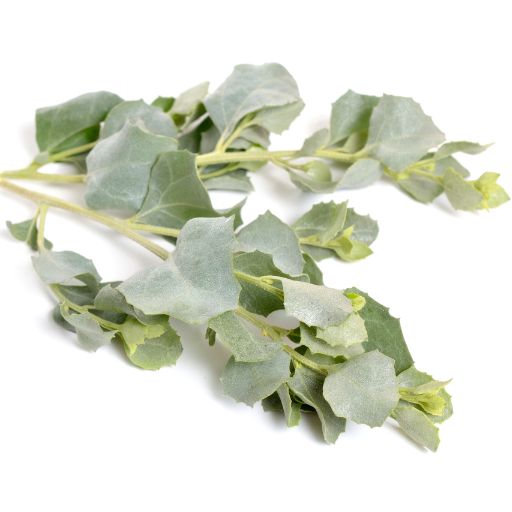
- Origin & History: Grown in Europe and the Middle East since ancient times.
- Appearance: Triangular green or red-tinted leaves.
- Taste & Aroma: Mild, spinach-like, slightly salty.
- Culinary Uses: Soups, stews, salads, sautés.
- Health Benefits: High in iron and vitamin C.
- Fun Fact: Once more popular than spinach in medieval European kitchens.
Conclusion
From the dependable onion powder and oregano to the global flavors of Old Bay and Oaxaca mole, the letter O proves that everyday staples can carry extraordinary influence in the kitchen. These spices, seasonings, and herbs may not always take center stage, but without them, many favorite dishes would fall flat. Next, we’ll dive into the letter P, where peppers, pungent blends, and plenty of bold herbs wait to be explored.

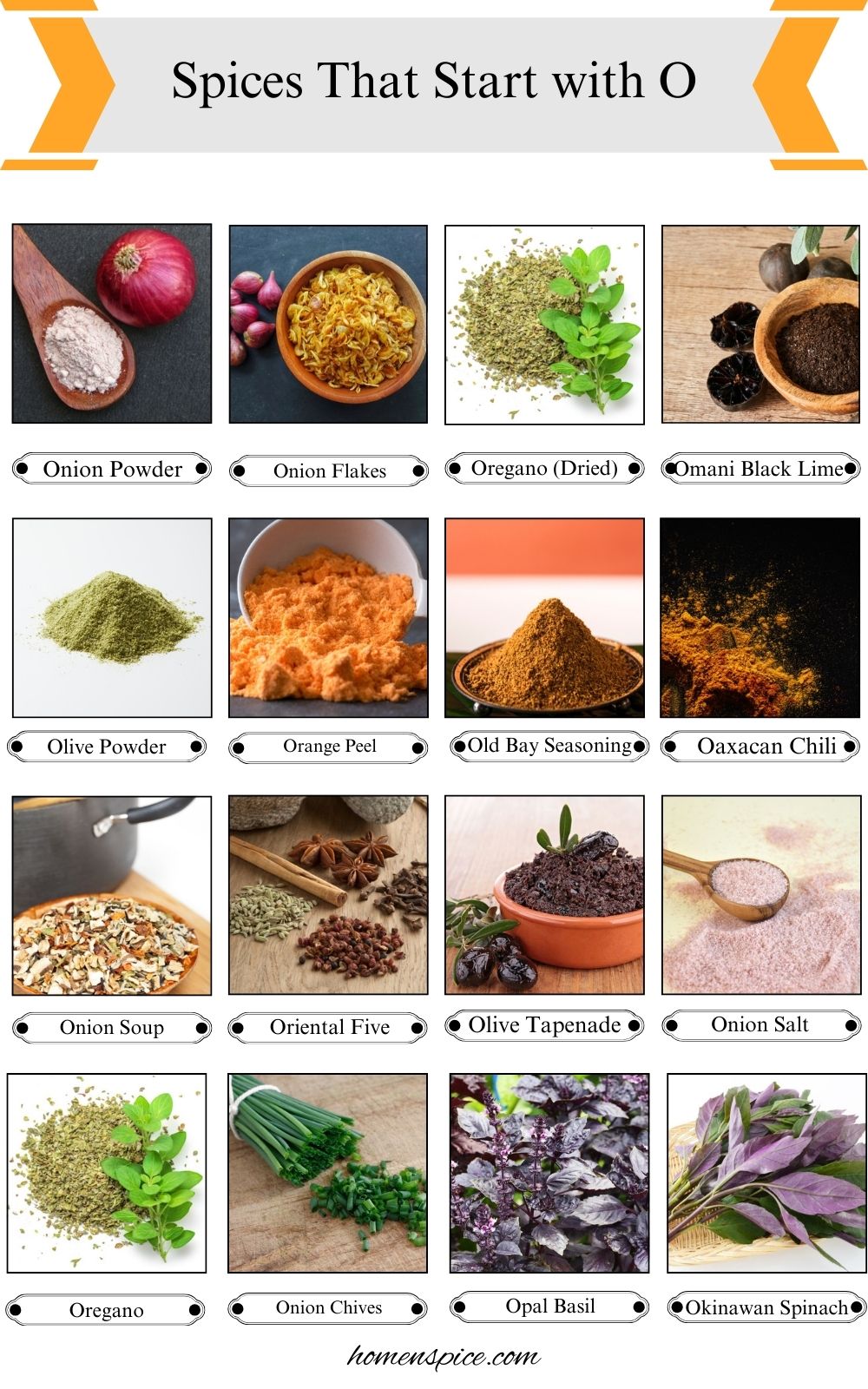
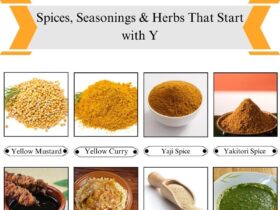
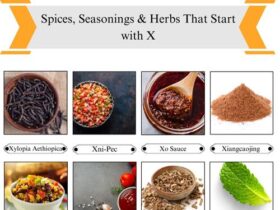
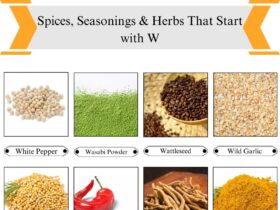
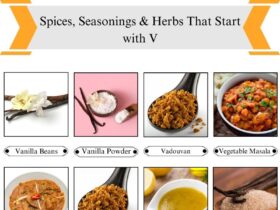
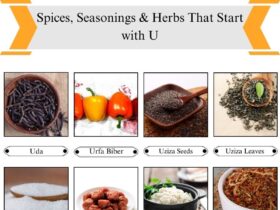
Leave a Reply